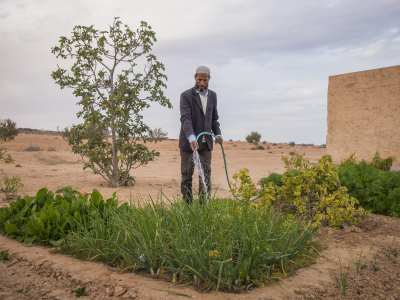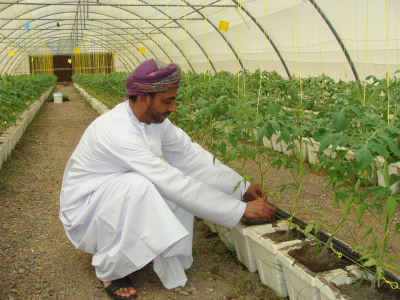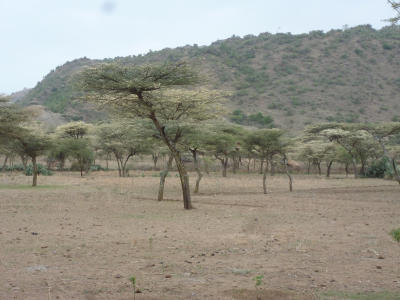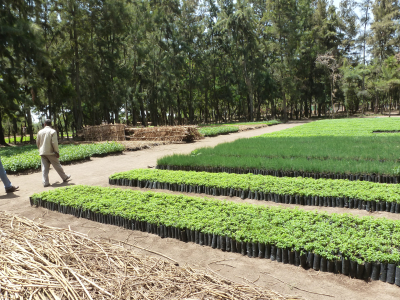ABOUT US




The project improves the house-hold nutritional security in India, Nepal and Bangladesh, establishing and integrated pulse production system in rice fallows.





The project improves the house-hold nutritional security in India, Nepal and Bangladesh, establishing and integrated pulse production system in rice fallows.
The Project's goal is to establish a sustainable integrated pulse production system in rice fallows to enhance pulse production and farm income directly of nearly 15,000 farmers in India, Nepal and Bangladesh resulting in food and nutritional security of more than 75,000 members of farm families.
The Project's objective is the development and testing of cropping systems and agro-technologies for improved production and productivity of lentil, grasspea and chickpea as second crop in rice-fallows for improved food and nutrition security, farm income and soil health. The project will increase of 25-30% the pulses production in each target country from fallow lands and an increase of 20% the farmers’ income in target regions.
Poverty, food, and nutritional insecurity are concentrated in the South Asia region, where 47% of its population are undernourished. Pulses are a major source of protein and essential nutrients for the majority of the people in rice-pulse food systems. However, domestic production of pulses cannot meet the daily requirement of 80 gm/head/day recommended by WHO, which is now nearly 35 gms in India, 13 gms in Bangladesh and 23 gms in Nepal. The region as a whole accounts for a deficit of about 6-7 million tons every year. There is a scope to increase pulses production in rice monoculture lands where different pulses (lentil, grasspea, chickpea) can be produced as a second crop, thus increasing cropping intensity and generating extra-income to farmers. Poverty and under-nutrition are prevailing in target project sites in India (West Bengal, Chhattisgarh, Madhya Pradesh, and Odisha), Bangladesh and Nepal where agriculture, and most specifically winter crops are grown entirely under rain-fed condition and pulse crops are suitable in this system. About 3 million ha rice fallow lands can be brought under pulses in India, 300,000 ha in Bangladesh and 240,000 ha in Nepal. There is however a limitation of the yield potential of legumes in this cropping system in South Asia because of a narrow genetic base of existing cultivars. ICARDA’s genebank holds > 35.000 germplasm of food legumes which is a reservoir of untapped genes to address the limitations of yield potential under rice fallow system. The introgression of biotic and abiotic stress resistant genes and ultimate yield can tackle the challenge of increasing the pulse production in South Asia, improving food security.
The Project will: 1) Use the integrated systems approach to ensure a better understanding of trade-offs and their solutions; 2) Use geo-informatics applications to determine crop suitability; 3) Adopt and implement the innovation platforms approach; 4) Utilize farmers' participation; 5) Utilize practices for scale up in Project design with fieldwork combined with on-farm testing of genetic materials.
The project will use the integrated systems approach to ensure better understanding to trade-offs and their solutions, and thus ensure sustainability of the project interventions and their impacts on livelihoods. Involvement and building the capacity of NARS partners and rural communities will also support the continuity of the project activities. ICARDA will use Geo-informatics applications crop suitability methods to map, soil type and fertility, soil moisture retention after rice harvest and other bio-physical parameters; determined the typology of farmers in project areas through Participatory Rural Appraisals and quantitative socio-economic characterization of farming conditions. Local state agricultural extension department and local governmental experience will be tapped. The project implementation will adopt Innovation Platforms (IPs) approach and three IPs will be established in Bangladesh (Rajshahi, Satkhira, Khulna); 2 in Nepal (Banke, Badia) and 4 in four states of India (Raipur, Birbhum, Sagar, Jajpur) to validate and disseminate improved lentil, chickpea and grasspea varieties and production technologies. The key objectives are to strengthen capacity by promoting interaction between farmers and other stakeholders; supply of seeds and inputs; and capacity development of farmers. This will provide a hub for farmers, policy makers, financial institutions, input providers, agricultural managers, researchers, extension scientists, and media representatives. Different market-based institutional arrangements that can sustain the flow of information and inputs to farming communities will be tested. A farmer-participatory, integrated farming system to ensure relevance of the technologies as well as better understanding of trade-offs and their solutions for sustainability of the project interventions and their impacts on livelihoods. Cluster demonstration (8-10 ha) of existing technologies will be conducted in each village. Farmers will be selected in consultation with local extension agents. Farmers’ groups will be formed to conduct village-based informal seed production. Farmer-to-farmer technology dissemination and seed supply will be encouraged and monitored in each crop season. Capacity development of farmers and women will be organized at government level in respective demonstration sites. On-station and on-farm testing of genetic materials: genetic materials from respective countries and from ICARDA will be initially tested and selected at ICARDA’s Food Legume Platform site, India, and then will be further tested at respective agro-ecologies. Gene introgression research will be performed at ICARDA’s India-Platform site in consultation with Indian expertise, and ICARDA scientists. The project will contribute to other development projects on pulses in Bangladesh, India and Nepal, and thus will strengthen out-scaling in a broader scale.
Date: 2017-10-11 | Type: Donor Report
Date: 2017-07-11 | Type: Donor Report
Date: 2016-06-14 | Type: Donor Report